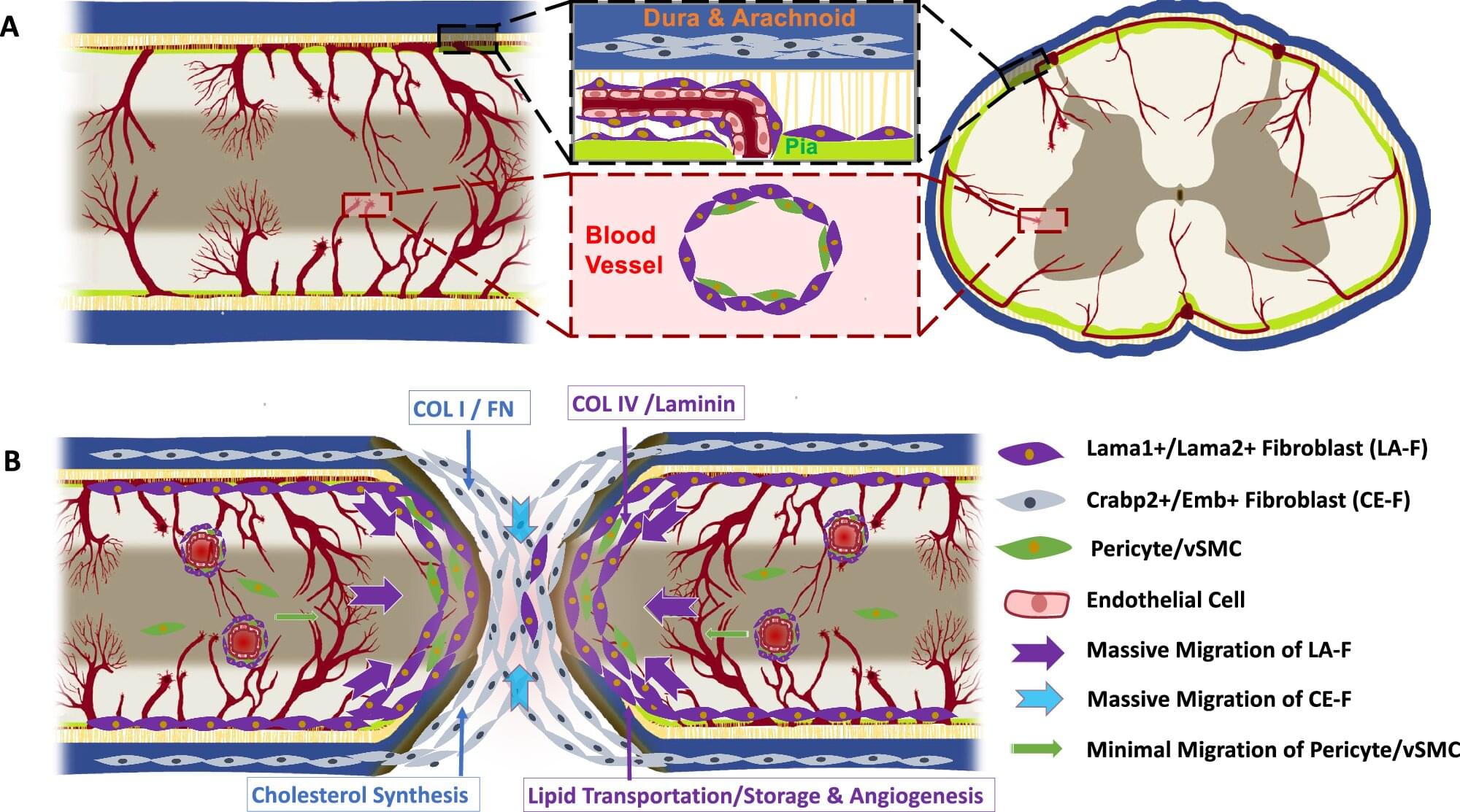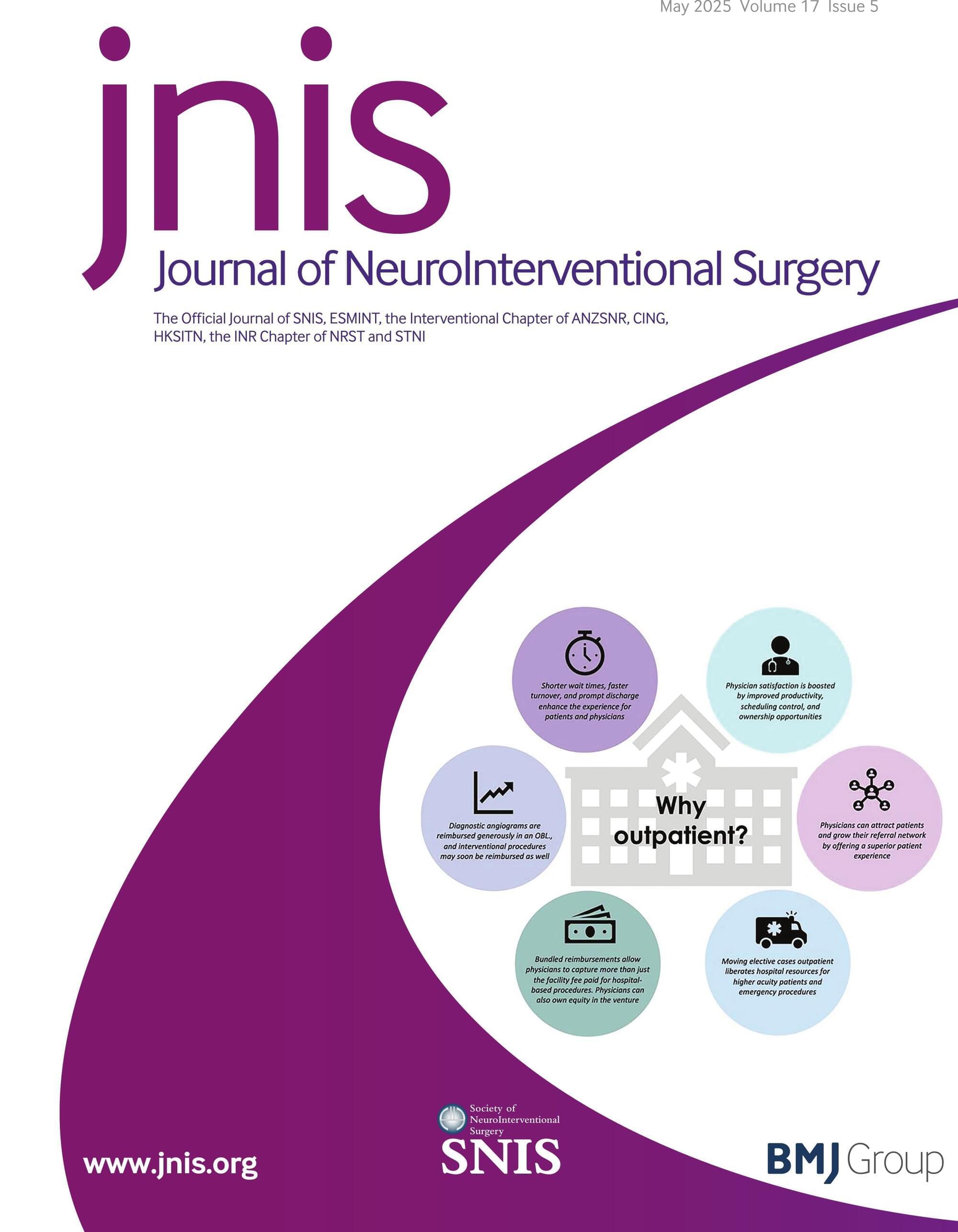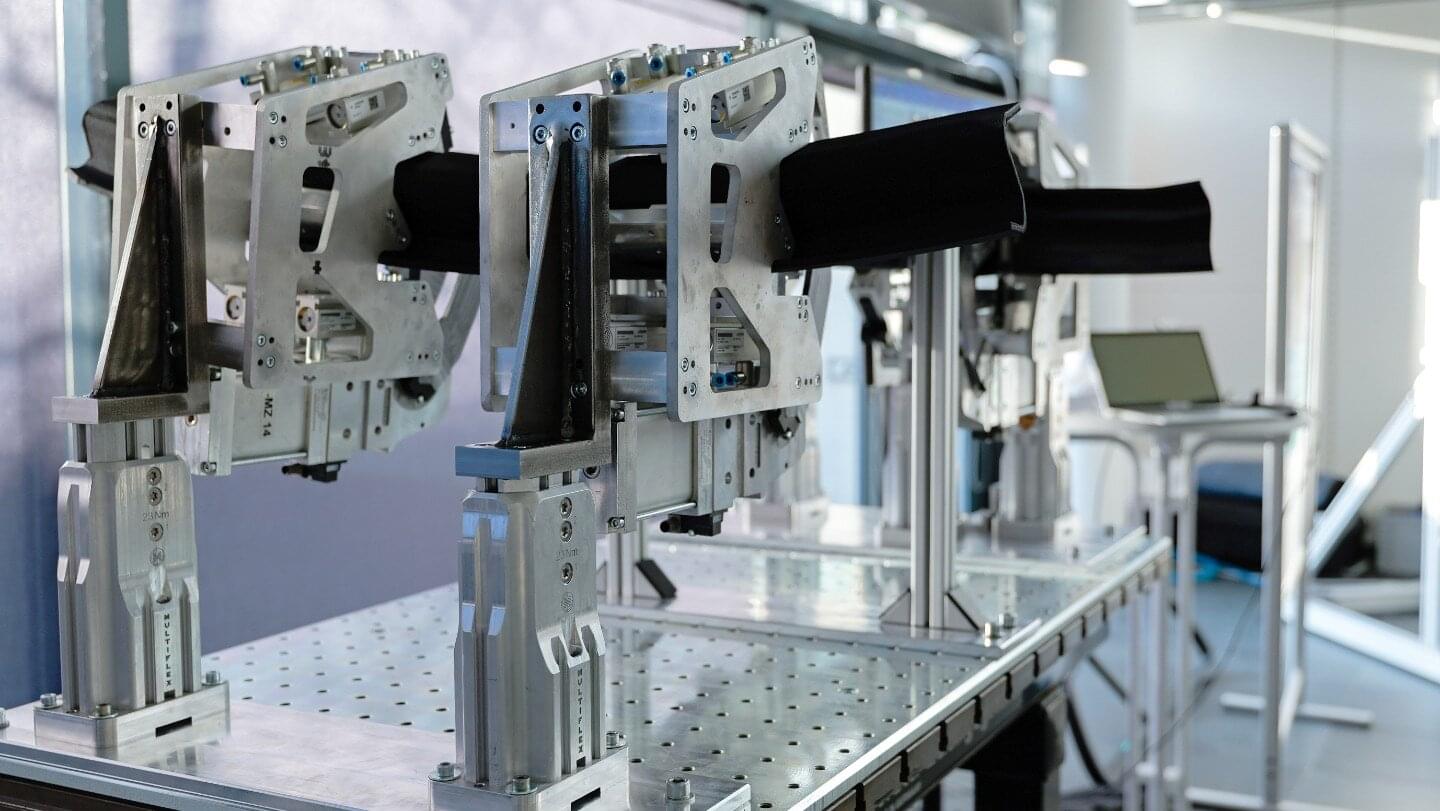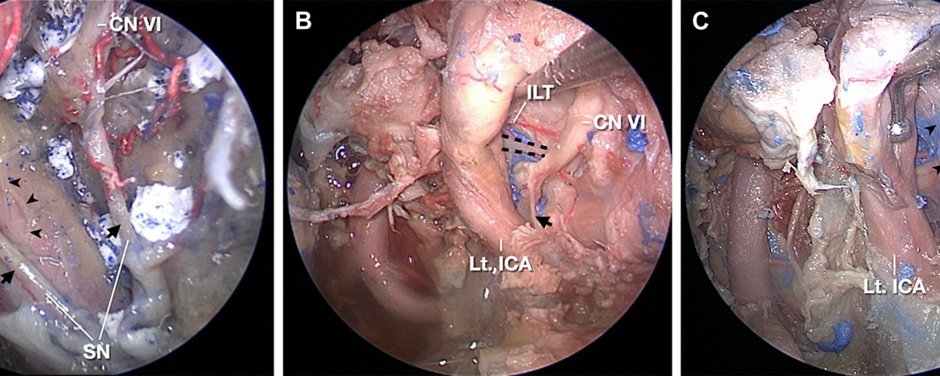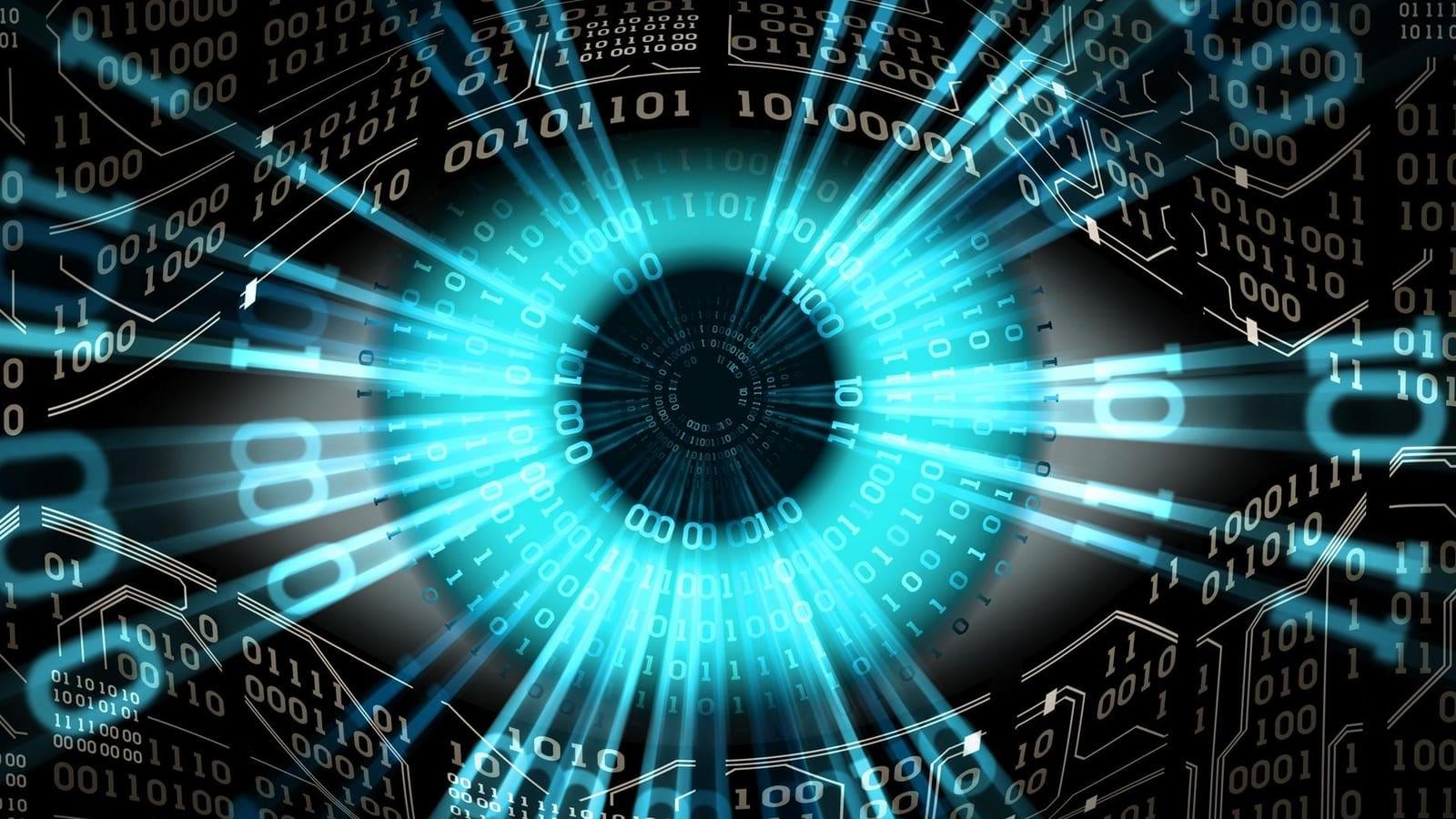A team of evolutionary scientists, dermatologists and wildlife specialists affiliated with several institutions in Japan, Kenya and France has found that human skin wounds take nearly three times as long to heal as they do in other primates. In their study, published in the journal Proceedings of the Royal Society B: Biological Sciences, the group conducted experiments involving skin healing speed in humans and several other primates.
Prior research and anecdotal evidence suggest that other animals recover from skin wounds faster than humans. In this new effort, the research team sought to measure such differences.
The experiments involved comparing skin wounds in humans—courtesy of volunteers at a hospital undergoing skin tumor removal—and several primates. Wound healing pace in chimpanzees was measured by studying chimps housed at a sanctuary who endured skin wounds periodically due to fighting between males.




